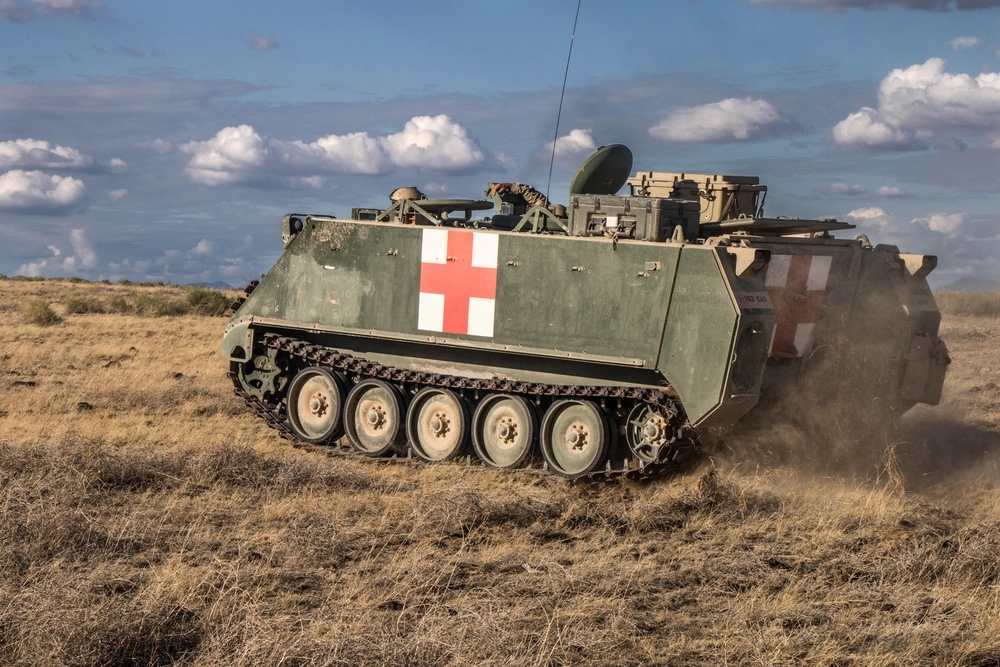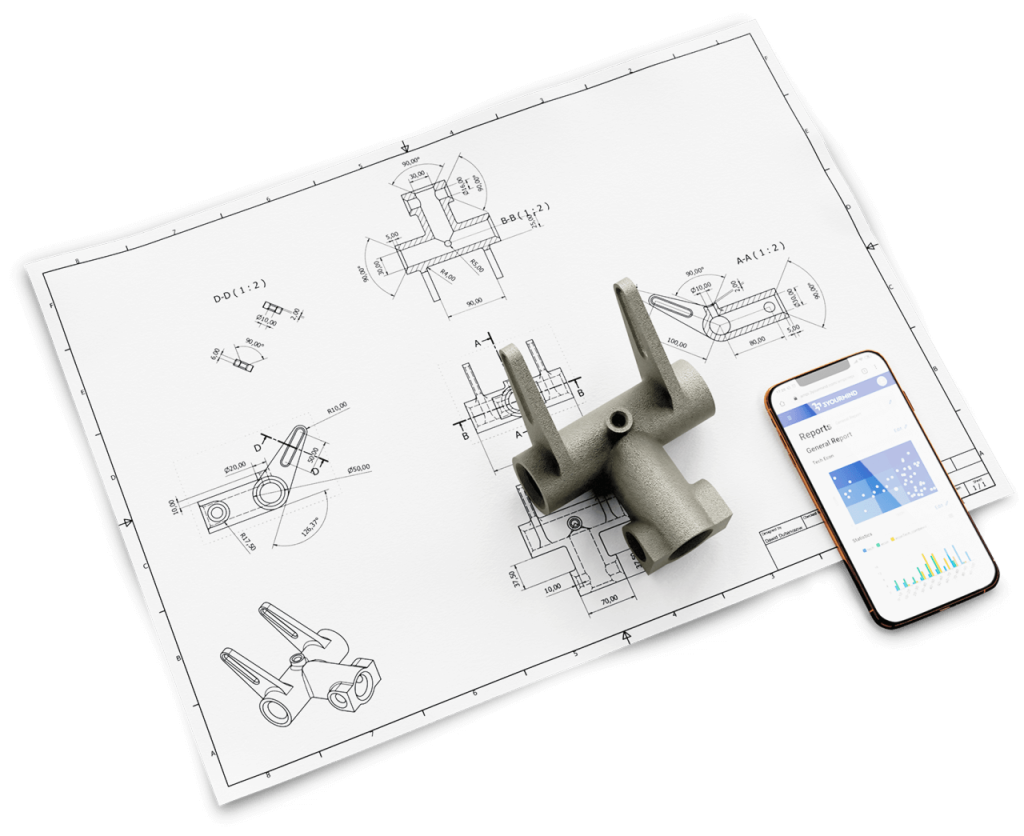3D printing software developer 3YOURMIND has been awarded a contract by the U.S. Army Combat Capabilities Development Command (DEVCOM) Ground Vehicle Systems Center (GVSC).
The agreement will see GVSC and the U.S. Army Tank-automotive and Armaments Command (TACOM) adopt the firm’s software to identify parts that could be 3D printed to maintain the M113 armored personnel carrier.
Initially, 3YOUMIND will work with Phillips Corp. Federal Division to analyze up to 10,000 parts selected by GVSC. These parts will be evaluated based on their technical feasibility, lead time and cost. Once evaluated, GVSC hopes to gain a better understanding of which spare parts present the strongest use cases for additive manufacturing.
This contract continues 3YOURMIND’s ongoing collaboration with the U.S. Department of Defense (DoD) to reshore supply chains, revitalize its industrial base, and establish distributed manufacturing networks.
The Pentagon hopes that adopting additive manufacturing will allow it to strengthen and streamline its maintenance and logistics practices, enhancing warfighting capabilities in the process.
“Our previous efforts with the Department of Defense have positioned us well to support the enterprise additive manufacturing ambitions of the GVSC,” commented William Cuervo, VP of North America at 3YOURMIND. “We’re excited to support the GVSC in identifying and producing parts using additive manufacturing that can be used to sustain equipment critical to the safe passage of our troops.”

3YOURMIND supports AM part identification for U.S. Army
DEVCOM GVSC’s role focuses on the development of the U.S. Army’s ground vehicle technology. This includes the modernization of equipment sourcing and sustainment methods for the M113.
This mission has seen GVSC partner with Wichita State University’s National Institute for Aviation Research (NIAR) to reverse engineer and create a digital twin of the armored personnel carrier.
Worth $100 million, this five-year contract was signed last year. Through the agreement, NIAR is conducting R&D into advanced manufacturing methods for the U.S. Army’s ground transportation fleet. In addition to digital twin development, the project will see the NIAR qualify metal 3D printing processes including laser powder bed fusion (LPBD) and directed energy deposition (DED)
3YOURMIND software will now be used to evaluate the M113 data, to identify parts that can be fabricated using additive manufacturing. It is hoped that this initiative will identify new production methods that can be adopted to strengthen the DoD’s supply chains.
Last year, 3YOURMIND was awarded a similar contract by U.S. Marine Corps System Command’s Advanced Manufacturing Operations Cell (AMOC). Worth $2.5 million, the deal formed part of an ongoing partnership to fully integrate the company’s part identification software into the Marine Corps System Command’s Digital Manufacturing Data Vault (DMDV).
The DMDV is a centralized digital repository used to store data and design solutions for 3D printing spare parts. AMOC is also working to onboard 2D drawing analysis capabilities to quickly bulk analyze technical data for additive manufacturing use cases. The development of the DMDV is critical to AMOC’s long-term mission of expanding its additive manufacturing capabilities.

U.S. DoD adopts 3D printing
The U.S. DoD’s efforts to strengthen its supply chains extend beyond the adoption of part identification software. Earlier this year, it was announced that the U.S. Navy had contracted Rocket engine manufacturer Ursa Major to produce and test a 3D printed solid rocket motor (SRM) for the Standard Missile (SM) program.
This contract sees Ursa Major leverage its Lynx metal additive manufacturing technology to develop a new 3D printable design for the Mk 104 dual rocket motor. This motor powers the SM-2, SM-3, and SM-6 missiles.
Elsewhere, Bechtel Plant Machinery Inc. (BPMI) recently selected Velo3D’s metal 3D printing technology to support the U.S. Naval Nuclear Propulsion Program. This agreement will see materials company ATI operate Velo3D’s Sapphire XC large format 3D printer at its Florida-based additive manufacturing facility.
By adopting Velo3D’s technology, BPMI and ATI aim to improve the part production process for the U.S. Navy’s nuclear propulsion systems. Additive manufacturing is expected to produce parts previously manufactured through casting, reducing lead times and enhancing the supply chain.
Want to help select the winners of the 2024 3D Printing Industry Awards? Join the Expert Committee today.
What does the future of 3D printing hold?
What near-term 3D printing trends have been highlighted by industry experts?
Subscribe to the 3D Printing Industry newsletter to keep up to date with the latest 3D printing news.
You can also follow us on Twitter, like our Facebook page, and subscribe to the 3D Printing Industry Youtube channel to access more exclusive content.
Featured image shows an M113 armored personnel carrier. Photo via SSG Michael Hunnisett, Montana Army National Guard XCTC Training.


